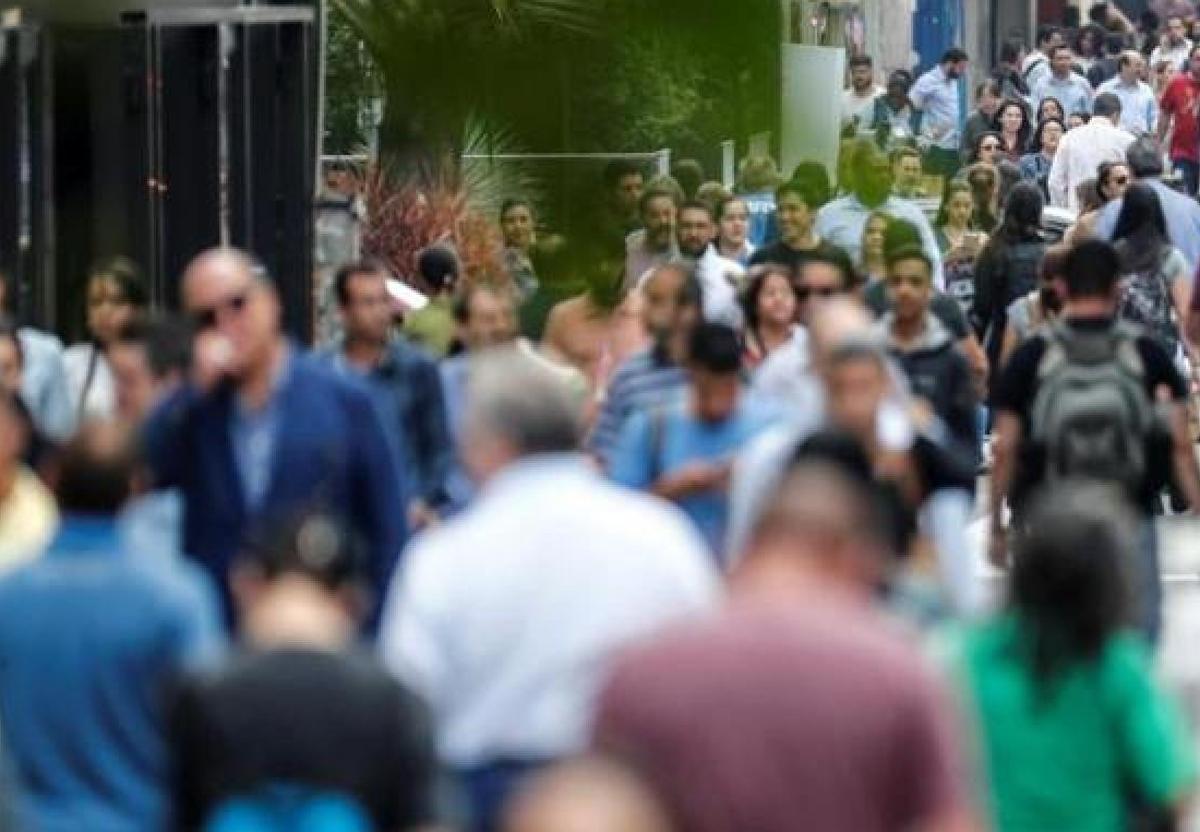Which nationalities have the highest number of residence permits in Malaga?
The number of non-EU nationals authorised to live legally in the province has doubled in the last decade, to almost 134,000
Now that the central government seeks to regularise the situation of migrants who arrived before 2025, the country looks at the population statistics. What is interesting is that the proportion of different nationalities with non-EU residence permits in Malaga differs from the national figures.
At the end of last year, Malaga was the sixth province with the highest number of registered foreigners (134,000), behind Barcelona (547,526), Madrid (541,273), Alicante (202,059), Valencia (178,987) and Murcia (168,410).
Malaga is also the sixth most populated province in Spain, so in the ranking of regularised migrants, it occupies the position that corresponds to its population size. However, it should technically fall behind Seville, which, surprisingly, ranks far lower, in fifteenth place, with just 46,716 people with residence permits. In Andalucía, aside from Malaga, Almeria (123,119) also ranks ahead of Seville.
In the last decade, the number of non-EU foreigners registered in Malaga has almost doubled. This growth is only surpassed by Huelva and Orense, where the volume has almost tripled, as well as Coruña and Lugo. Moreover, this increase recorded in the province of Malaga is twice the national average, where the number of people with residence permits has risen by nearly 49%, going from 2.16 million to 3.21 million.
Origin of immigrants
What does the immigration map look like? We will begin with the x-ray on a national level. The largest group of migrants with residence permits in Spain is that of Moroccans - 838,000, more than a quarter of the 3.2 million in total. This is followed by Ukrainians, whose number is close to 305,000, i.e. almost 10%. In third place are the Chinese, with almost 250,000, i.e. 7.75%. Then come Colombians, who number more than 200,000, as well as Venezuelans and Ecuadorians, both groups comprising more than 100,000 people.
In contrast, Ukrainians come first on a provincial level in Malaga - 29,715 registered residents, or a bit more than 22% of the total, which is close to 134,000 permits. Moroccans account for 27,757 (20.7% of the total). The third nationality with the highest population in the province is Russia, with nearly 9,500 with residence permits, i.e. 7% of the total. The fourth most important country of origin is China, with 9,256 people, i.e. almost 7%. This is followed by Colombia, Venezuela, Paraguay and Argentina, with figures ranging from 5,500 to 4,500 residents.
Ten years ago, the picture was quite different. In 2014, Morocco was indeed the origin of the majority of foreign citizens with a residence permit in Malaga, with nearly 24,000 people - a figure that accounted for 35% of the total at the time, which amounted to 68,906 residents. In second place was China, with 7,165 people, followed by Ukraine, with more than 6,700.
The British exception
What has vastly changed in the last decade is the number of British nationals with residence permits. In 2014, there were no British with residence permits, because, at the time, the UK was part of the EU, which meant that people could move freely between Britain and Spain. However, things changed since Brexit became official on 31 January 2020 and the UK left the EU and, more importantly, since the new regulations came into force in 2021. At the end of last year, there were 3,654 British nationals with permits in Malaga.
By virtue of the agreement between Brussels and London, people with British nationality and their families who had resided in Spain until 31 December 2020 maintained their rights, except for participation in the elections to the European Parliament.
There are various reasons for applying for a residence permit in Spain. With that said, there are also various types of authorisation. In Malaga, the bulk, 55,591 (41.5%) are long-term permits. There are different types of temporary residences (the total of which is 75,000): 5,383 are for paid employment; 538 for self-employment; and 2,703 for combining salaried employment with self-employment. In addition, there are another 1,639 people who have residency for international protection, i.e. they are considered refugees. Of the latter category, there are only 333 Ukrainians, 184 Syrians and 276 Malians.
One last thing to point out is that the proportions vary depending on what source is consulted. While Ukrainians are the highest foreign population in Malaga according to residence permits, the national institute of statistics (INE) points to the Moroccans.

